Description
The Fishman Platinum Stage EQ/DI Analog Preamp is in New condition and made by Fishman , it is a great Volume Preamp EQ Distortion Boost Bass Analogue Acoustic Guitar Guitar Effect Pedal- Sensational acoustic clarity. The Fishman Platinum Stage EQ/DI Analog Preamp is the essential tool for any acoustic musician looking to bring increased dynamism to their live performances. Increase your volume without worrying about sound distortion. A high-speed circuit volume boost lets you bring your sound up beyond your instruments own capabilities and eliminates the distortion often associated with greater amplification. Ideal for when your acoustic pickup alone cant quite cut it in larger venues. Utilise the Fishman with a wide range of instruments thanks to its switchable guitar and bass EQ modes. A vital tool for every acoustic instrumentalist. . Available from Just Pedals for only £ 171 The perfect gigging companion An important component for any acoustic live set-up. The Fishman Analog Preamp gives you the power to ramp up your volume while maintaining top-class sound quality. The ideal tool for gigging in larger venues or busking outdoors. Its ability to run on phantom power makes it perfect when battery power isnt an option. Furthermore its compact lightweight stature means transportation is tremendously easy. A switchable guitar/bass EQ mode affords you the freedom to apply Fishmans amazing sound engineering to a massive variety of acoustic instruments. More mobile instrumentalists can also utilise the preamp with ease with a belt-clip included. This is a crucial addition for any acoustic performer looking to give their live set-up a serious upgrade. Features 17-volt high-headroom discrete Class-A preamp 4-band tone control with sweep-mid and low frequency filter EQ mode tailors EQ for bass or most other instruments Phase control Volume boost switch with level control Balanced D.I. with pre/post EQ setting and auto Ground Lift Belt-clip included Specifications Type: Preamp Finish: Silver Power: 9-volt Battery (not included) 48-volt Phantom Power Fishman 910-R Power Adapter (optional) Battery Life: 70 hours Audio: 1/4″ Instrument Input 1/4″ Amp Output XLR Balanced D.I. Output Auto Ground Lift Tone Shaping: 4-band EQ with Sweepable Mid Adjustable Low-cut Filter Feedback Control: Phase Invert Switch Dimensions: 5.6″ X 3.3″ X 1.2″ Weight: 0.3 KG
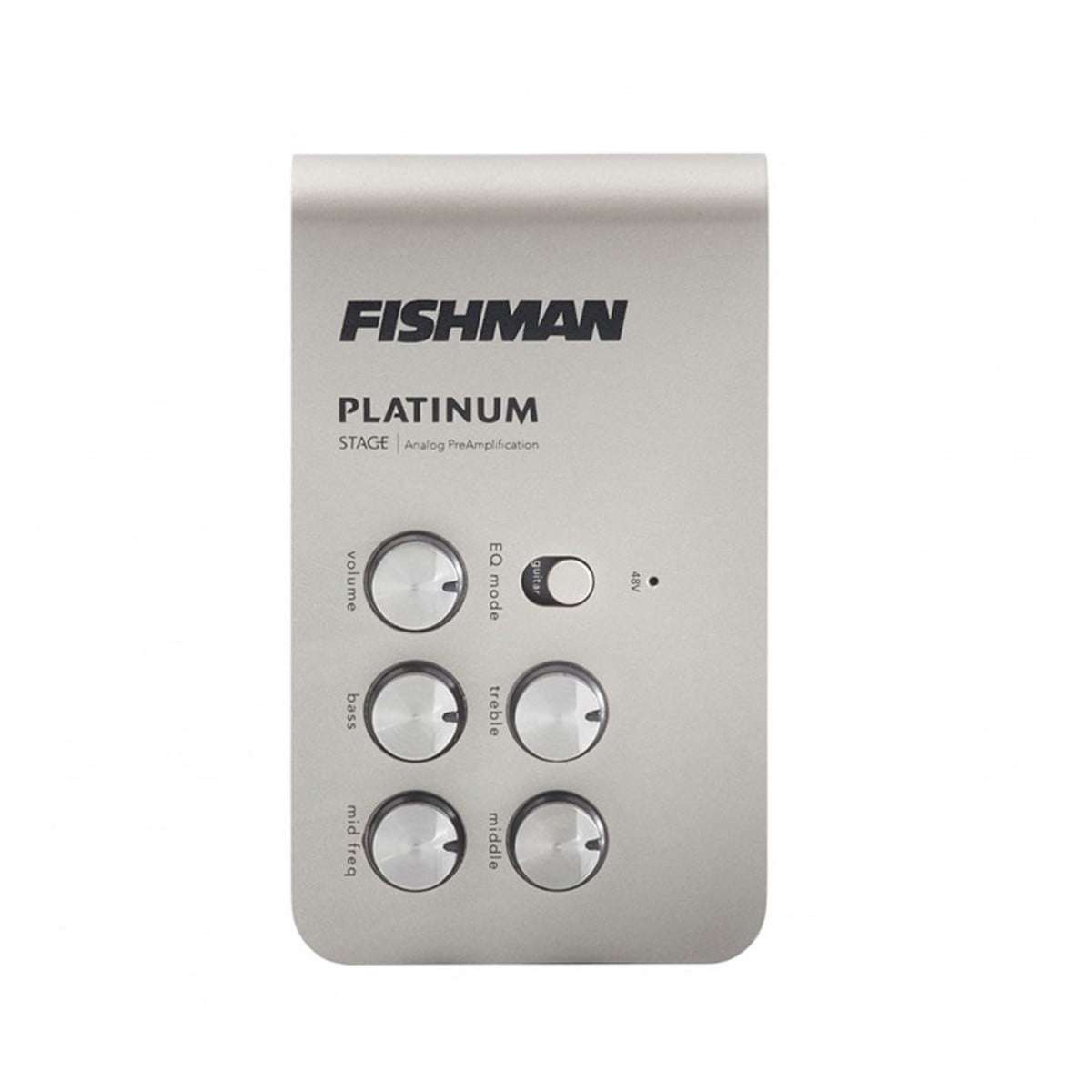

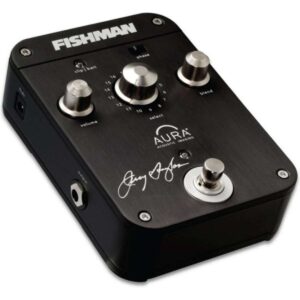
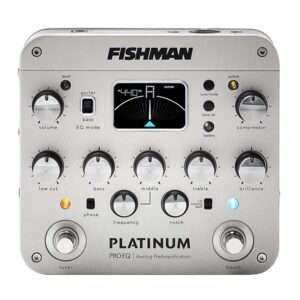

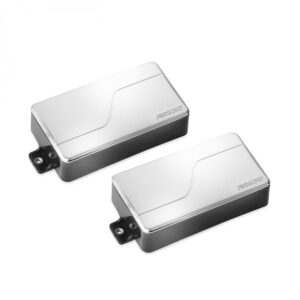
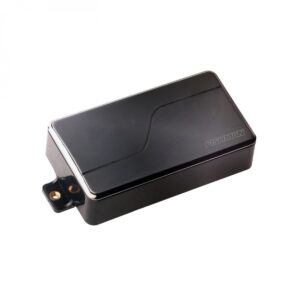
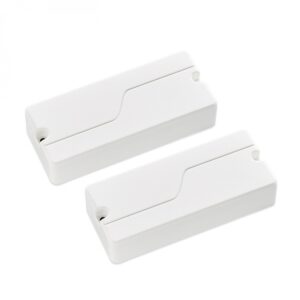
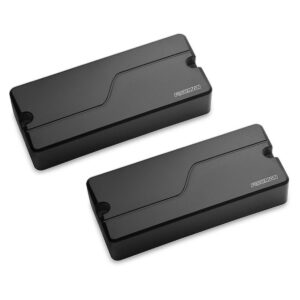

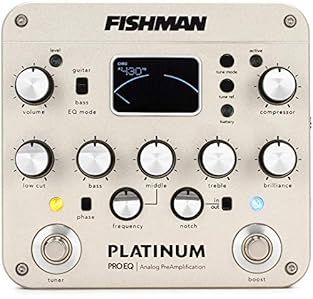
![[Superior EQ Pedal] Convenient compact size, Suitable for any music style.The EQ Seeker is designed and built with carefully selected components to ensure best sound quality and road performance. [10 Band EQ] Fully functional 10-band graphic equalize...](https://m.media-amazon.com/images/I/41nv60vxCnL._SL313_.jpg)



Reviews
There are no reviews yet.